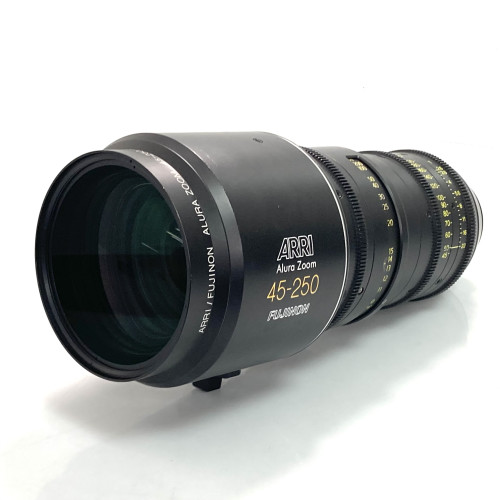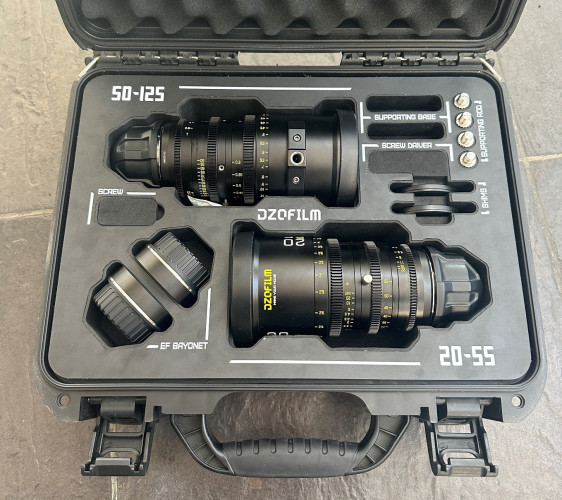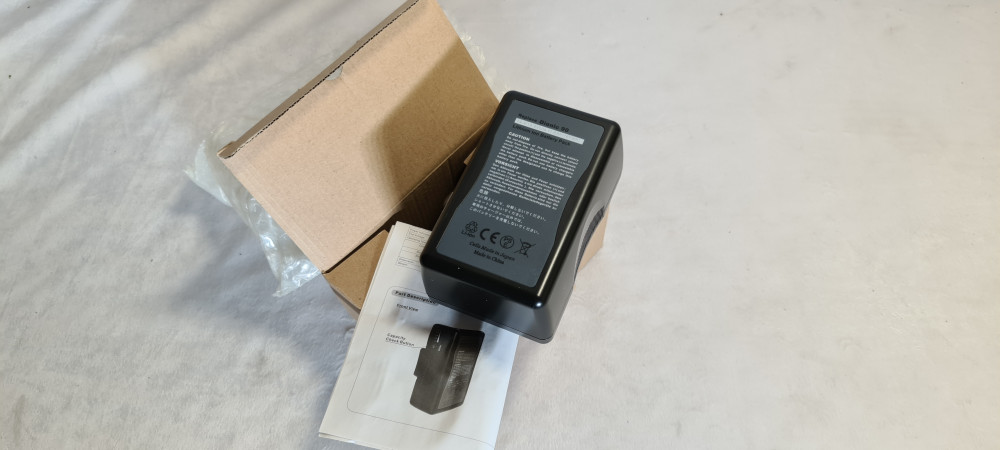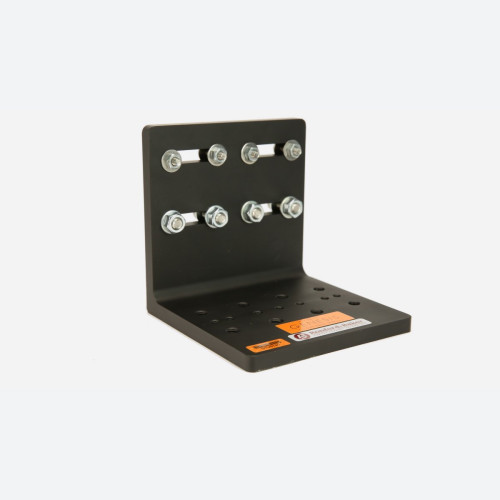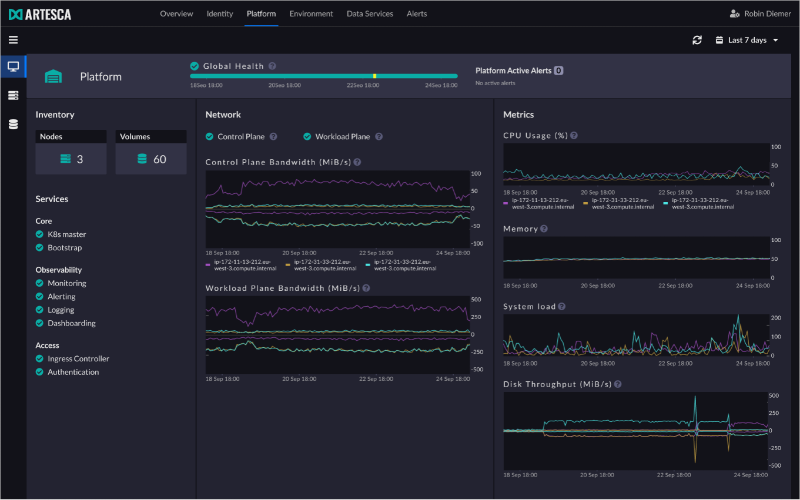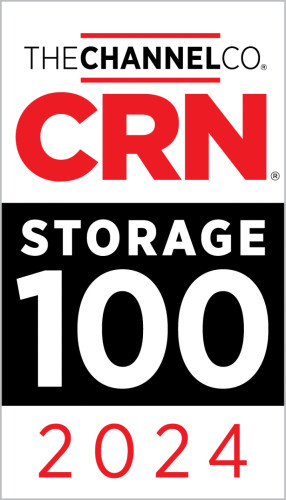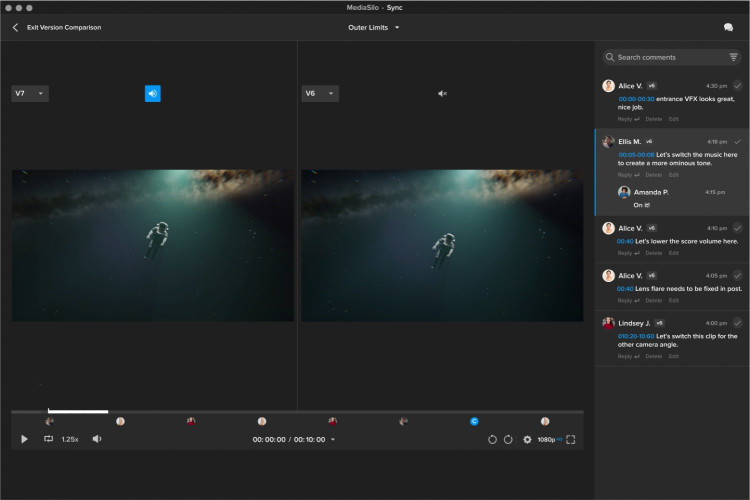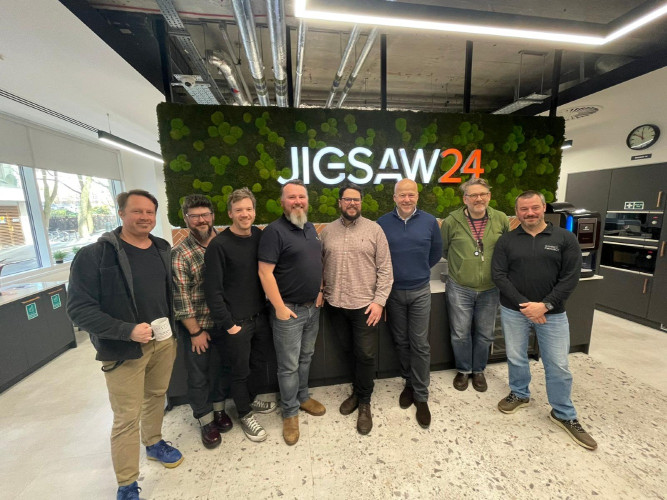Those Who Forget the Past are Doomed to Delete It

Author: Bob Pank#
Published 1st October 2010
Hundreds of thousands of hours of film and video archives are slowly deteriorating in vaults and storage containers around the world. Although numerous projects are underway worldwide to restore, preserve and protect these vast repositories of cultural heritage, it does little good if the rescued material isn’t catalogued, archived and managed. If it can’t be found or identified, it’s as good as gone, forever.
The National Film and Sound Archive (NFSA) of Australia, based in Canberra, is charged with preserving just such cultural assets and has undertaken an aggressive programme of doing so.
To cater for the increasing size of its collection of file-based material, the NFSA had modified its existing collection management system so that basic information about digital assets could be captured and managed. However this represented neither a comprehensive nor a satisfactory solution to the NFSA’s growing needs, so they decided to look for a new solution to be able to better manage the wide range of digitised film, video tape, still photos, scanned documents and audio assets, as well as pursue new business opportunities by making substantially more of those assets available via the web.
The NFSA wanted its new system to address growth from the acquisition of digital objects and the increasing use of digital preservation methodologies, while not forgetting the considerable holdings of analogue assets.
UK-based TransMedia Dynamics (TMD) was awarded a contract to implement its Mediaflex solution, enabling the NFSA to undertake its strategy of moving to a digital environment in order to maximise the exploitation of its media assets, while ensuring that both digital and physical artefacts were tightly managed.
The Mediaflex solution supports all of the primary collection management functions of the NFSA including acquisition, accessioning, rights management, preservation and access to collections that comprise over 1.5 million individual items.
Most of the requirements associated with the management of video and audio production and distribution already existed in Mediaflex and as such provided an immediate benefit to the NFSA. Mediaflex was then extended in a number of ways to cater for the unique requirements of such a large cultural media archive, including support for new object types, such as safety and nitrate film, documents, images and artefacts.
In the Mediaflex system both standard and modified workflows now manage processes including acquisition; accessioning and cataloguing; digitising; content restoration and repurposing; copyright clearance; distribution and archive.
This means that these essential processes are far more efficient and predictable as curators, archivists and others gain better visibility of items in the collections. The NFSA also has the flexibility to extend the TMD solution to suit the evolving nature of its requirements without disruption to ongoing work.



